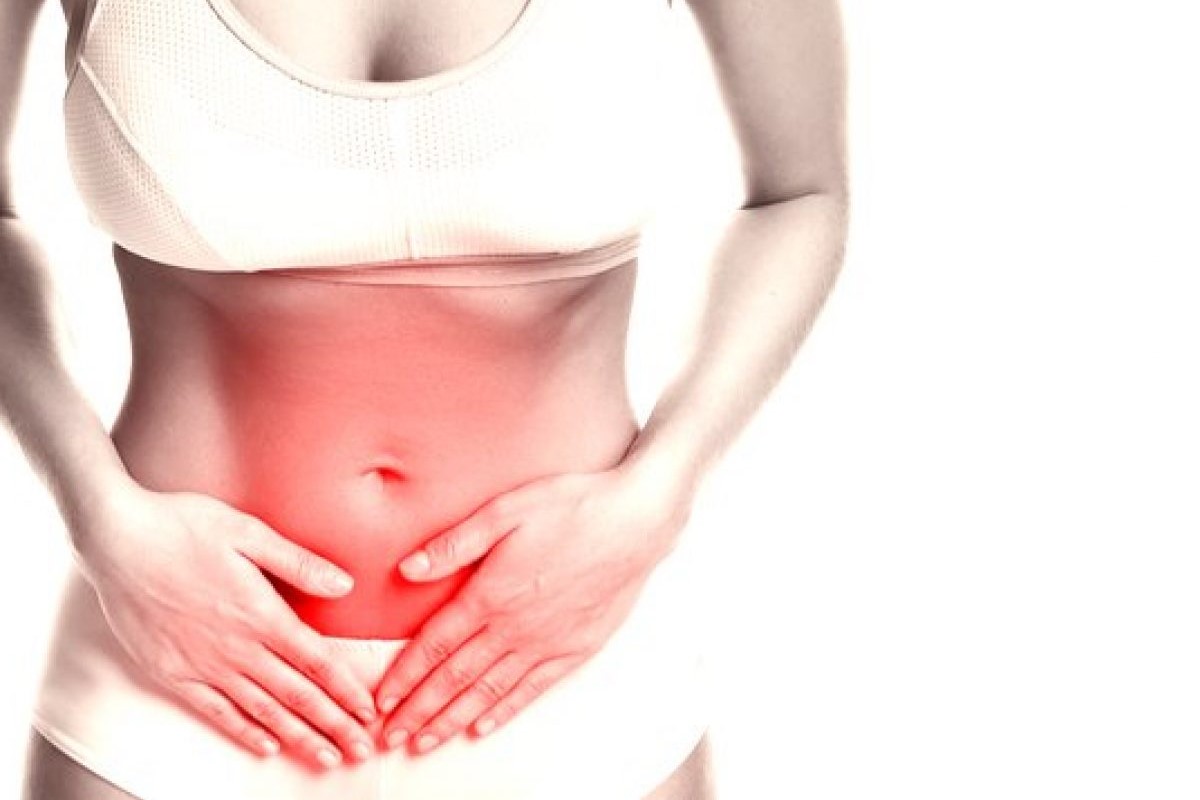
Cystitis, antibiotics are not always necessary: we discover non-antibiotic prophylaxis
Cystitis is an inflammation of the lower urinary tract, which can affect both men and women
Cystitis is usually diagnosed through the symptoms that the patient reports
The characteristic symptoms of this condition are increased urinary frequency, pain during urination, a sense of suprapubic discomfort, a feeling of bulkiness and weightiness; there may also be blood in the urine.
At the first symptoms of cystitis it is necessary to contact one’s doctor, who will prescribe the most appropriate tests and, if necessary, refer the patient to the specialist of reference, should the clinical situation leave any doubts.
Some forms of cystitis are of modest intensity and present with increased urinary frequency and burning; then there is a more intense form, associated with blood in the urine, which is called haematuria.
In this case, the pain in the urethra during urination is very severe.
How is cystitis treated?
Cystitis is treated by following two different but complementary paths.
First of all, it is good to increase one’s fluid intake, thus taking plenty of fluids, and then it is good to take supplements, blueberry in primis.
Numerous evidences from the scientific literature show that the main property of bilberry is to inhibit the adhesion of bacteria to the bladder mucosa.
Infection, in fact, arises when germs, adhering to the bladder mucosa, feed and proliferate, generating cystitis.
Cystitis, when are antibiotics needed?
Unfortunately, it is common to use antibiotics as soon as the symptoms of cystitis appear, but we must remember that this therapy should only be used in the presence of a bacterial infection.
The inappropriate use of antibiotics can be a long-term problem as colonies of antibiotic-resistant germs and bacteria can develop.
Moreover, the spread of antibiotic-resistant germs and bacteria represents a real public health hazard in the medium to long term.
The use of D-mannose
The inner bladder wall plays an impermeable role: it prevents the fluid in the bladder (containing toxic substances that need to be eliminated from the body) from oozing out.
So that this exudation does not occur, there are mainly sugar-based structures (in very general terms) that protect against the absorption of toxic substances and, at the same time, prevent germs from adhering to the bladder mucosa.
The use of D-Mannose makes it possible to rebuild the integrity of the bladder mucosa, i.e. to re-establish, so to speak, a good ‘glaze’ of the inside of the bladder, representing a valuable prevention of recurrences of bacterial infections.
We find it in supplement form and in various formulations.
The problem with D-Mannose is mainly related to dosage.
Very often, quite high doses must be taken and, therefore, therapy requires multiple administrations within the day.
This can be an obstacle to completing the treatment or maintaining the prophylaxis, precisely because of the patient’s difficulty in following the prescribed dosage on a daily basis with commitment and constancy.
Can hyaluronic acid be used to treat cystitis?
Hyaluronic acid is the latest in non-antibiotic prophylaxis devices.
Today, it is one of the devices on which there is most attention in the literature and in the scientific community.
Hyaluronic acid can be used either intravesically – i.e., compared to other devices such as blueberry and D-Mannose, it is brought by instillation directly into contact with the bladder – or by mouth.
Confirming the recognised importance of hyaluronic acid today, an article published in the British Medical Journal shows how prolonged use of intravesical hyaluronic acid can prevent recurrent bacterial cystitis.
The possibility of not using antibiotics repeatedly thus prevents the emergence of resistance among the bacteria responsible for urinary infections.
Read Also:
Emergency Live Even More…Live: Download The New Free App Of Your Newspaper For IOS And Android
Breast Cysts, How To Detect Them
Liver Cysts: When Is Surgery Necessary?
Wrist Cysts: What They Are And How To Treat Them
Wrist And Hand Cysts: What To Know And How To Treat Them



